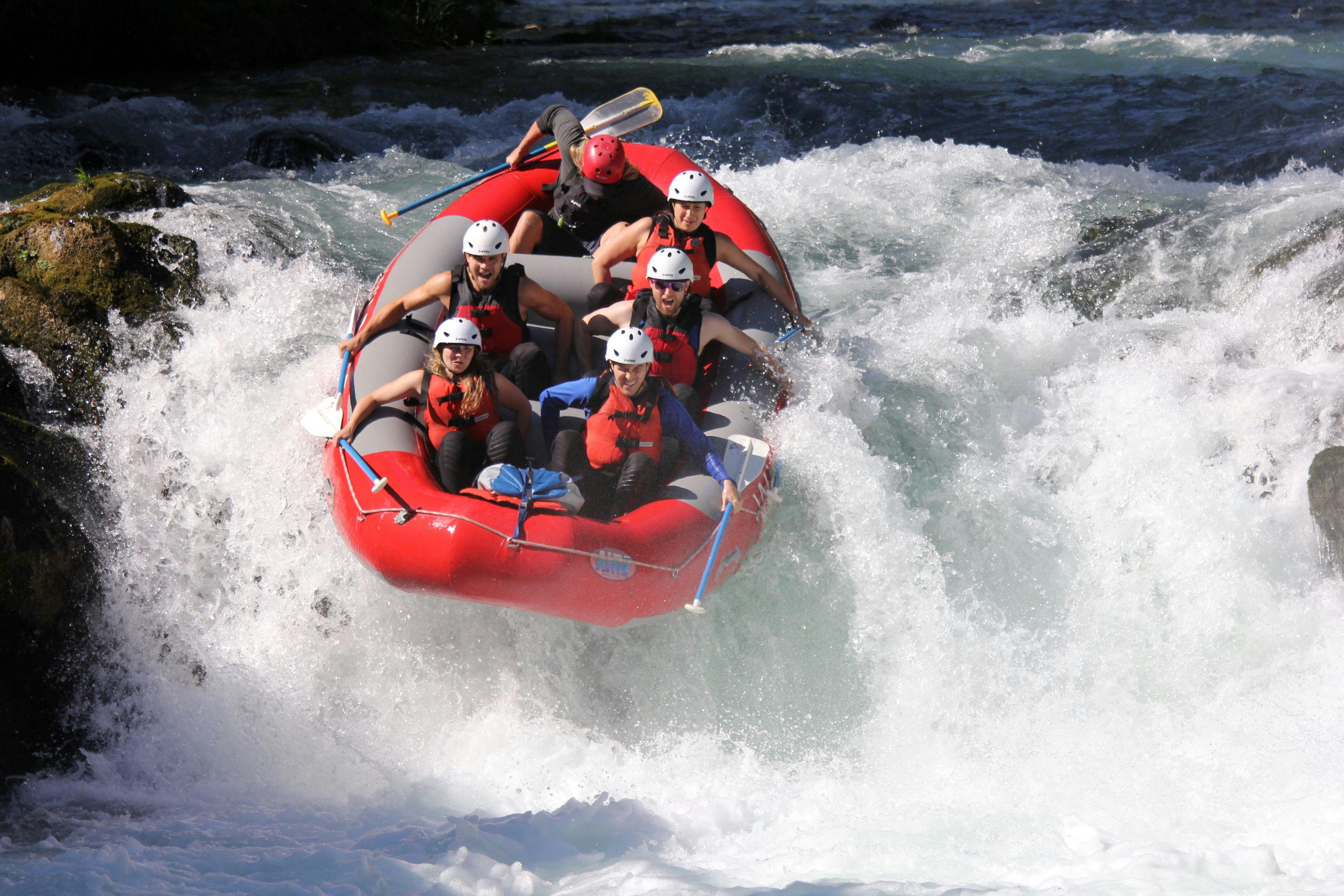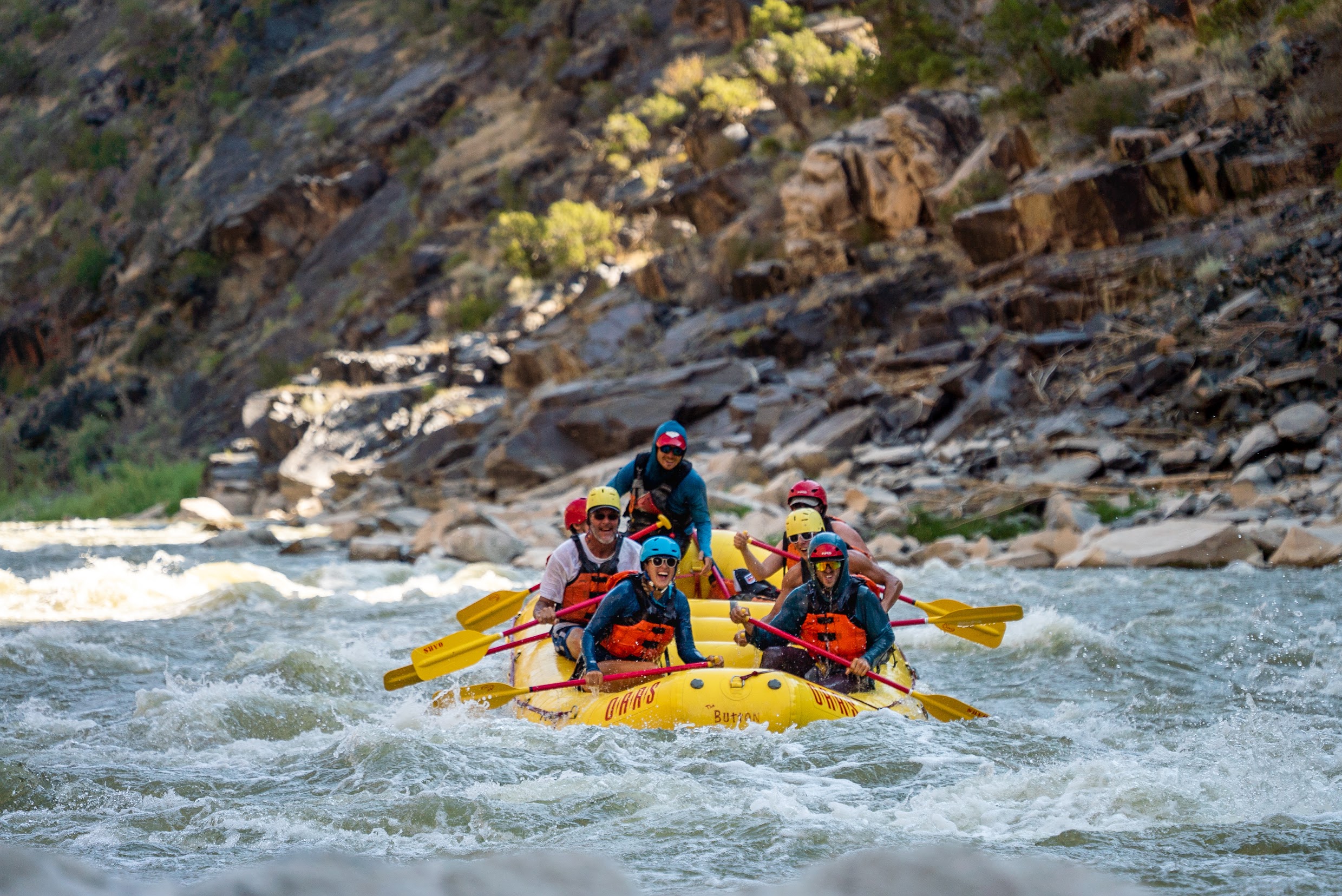White River Raft Hire Colorado: A Comprehensive Overview to Preparation Your Journey
White River Raft Hire Colorado: A Comprehensive Overview to Preparation Your Journey
Blog Article
From Beginners to Specialists: Master the Art of River Rafting and Dominate the Rapids
From beginners looking to dip their toes right into the globe of river rafting to experienced specialists seeking to conquer the most tough rapids, understanding the art of river rafting needs a mix of skill, understanding, and experience. In this discussion, we will discover crucial devices, selecting the best river and rapids for your skill level, understanding paddling and navigating techniques, safety and security tips and preventative measures, as well as sophisticated techniques for specialist river rafters.
Essential Equipment for River Rafting
When preparing for a river rafting adventure, having the appropriate essential devices is crucial for a satisfying and secure experience. The first item of devices that every river rafter ought to have is an effectively fitted individual flotation gadget (PFD) or life coat.
Another crucial tool is a reputable and sturdy safety helmet. Helmets safeguard the rafter's head from prospective injuries created by ramming rocks or other things in the river. It is necessary to choose a headgear that fits snugly and has a strong chin strap to secure it in position.
Along with PFDs and safety helmets, river rafters must additionally have a paddle. Paddles can be found in various lengths and materials, so it is essential to select one that is ideal for the specific and the sort of rafting trip prepared. Paddles ought to be lightweight, resilient, and have a comfortable hold.
Last but not least, river rafters should have appropriate shoes, such as closed-toe water footwear or shoes with a safe and secure strap. These provide protection and grip while strolling on unsafe river financial institutions or in the plethora.
Picking the Right River and Rapids for Your Ability Level
Selecting the appropriate river and rapids that straighten with your skill level is an essential element of intending a secure and satisfying river rafting experience. The initial step in choosing the appropriate river is to examine your own capacities and experience level. Newbies need to choose for rivers with Course I or II rapids, which are fairly tranquil and need marginal handling. These rivers give a gentle introduction to rafting, allowing newbies to develop confidence and create standard skills. As you gain more experience and efficiency, you can gradually advance to rivers with greater difficulty degrees.
Intermediate rafters can challenge themselves with Course III and IV rapids. These rivers include moderate to solid currents, larger waves, and a lot more intricate obstacles. Intermediate rafters should have solid paddling abilities, the ability to navigate with challenges, and the capability to handle even more challenging scenarios.
Specialist rafters, with comprehensive experience and progressed skills, can take on the utmost difficulty of Course V and VI rapids. These rivers are identified by incredibly unstable water, massive waves, and dangerous obstacles. Expert rafters must possess exceptional paddling skills, strong physical conditioning, and the ability to make instant choices under high-pressure scenarios.
When selecting a river,It is important to research study and look for suggestions from expert outfitters or skilled rafters. They can give valuable understanding right into the problem level and potential dangers of various rivers, ensuring that you select a river that matches your skill level and gives the appropriate equilibrium of difficulty and enjoyment. By selecting the ideal river and rapids, you can make certain a thrilling and secure river rafting experience.
Mastering the Strategies of Paddling and Navigating
After thoroughly selecting the ideal river and rapids that align with your ability degree, the next action in grasping your river rafting experience is to develop the vital methods of paddling and navigation. Paddling is the key method of propelling your plethora via the rapids, and grasping the right techniques can substantially improve your control and maneuverability on the water.
To paddle properly, it is essential to preserve a well balanced and strong position in the boating. Keep your feet shoulder-width apart and disperse your weight evenly. The power for your strokes originates from your core and upper body, so engage your core muscle mass and use your shoulders and arms to produce pressure. Remember to maintain your paddle blade vertical to the water's surface and use a combination of onward and backward strokes to browse via the rapids.
Navigation is an additional important ability in river rafting. It entails reading the river and comprehending its swirls, currents, and barriers. By observing the flow of the water, you can expect potential threats and plan your route appropriately. Furthermore, interaction with your group members is essential for efficient maneuvering. Use concise and clear hand signals or spoken commands to coordinate your paddle strokes and make sure every person is working together in the direction of a common goal.
Security Tips and Precautions for River Rafting
To guarantee a safe and enjoyable river rafting experience, it is important to focus on security and take suitable precautions throughout your journey. River rafting can be an exhilarating experience, however it also comes with integral dangers. By complying with these safety tips and precautions, you can decrease the possibilities of mishaps and ensure a delightful and smooth experience.
Firstly, it is crucial to put on proper safety and security equipment. This includes a well-fitted individual flotation protection device (PFD) or life vest that is accepted by pertinent authorities. Make sure everyone in your team is wearing their PFDs appropriately and firmly attached. Additionally, headgears are vital, especially when browsing via challenging rapids.

Thirdly, always raft with a skilled and experienced guide or teacher. They will have the essential knowledge and skills to browse the river securely and take care of any possible emergency situations. Listen to their directions meticulously and follow their guidance throughout the journey.
Finally, connect properly with your team members. Establish clear signals and commands to make certain smooth team effort and control. Keep your group together and prevent unnecessary dangers or stunts.
Advanced Methods for Professional River Rafters
Specialist river rafters use advanced techniques to navigate tough rapids and maximize their enjoyment of the river. These techniques require a combination of skill, experience, and knowledge of the river's characteristics. One crucial method reads the water, which includes translating the river's flow, determining obstacles, and expecting modifications in the present. By checking out the water, expert rafters can choose the most effective line to browse via rapids and stay clear of possible dangers.

In enhancement, specialist rafters are experienced at executing innovative rescue methods. These methods involve swift and reliable feedbacks to emergencies, such as flipping the plethora back over, rescuing a fellow rafter, or executing a self-rescue in instance of being thrown from the raft. Specialist rafters are trained to handle these circumstances smoothly and efficiently, making certain the safety of the entire team.
Conclusion
In conclusion, understanding the art of river rafting needs vital equipment, selecting the right river and rapids for your ability level, mastering paddling and navigating methods, along with complying with safety ideas and precautions. For skilled river rafters, progressed methods are essential to navigate tough rapids. By honing these abilities and taking necessary safety measures, both beginners and professionals can take pleasure in the thrill and exhilaration of river rafting while remaining secure on the water.
From novices looking to dip their toes right into the globe of river rafting to seasoned professionals looking for to conquer the most difficult rapids, understanding the art of river rafting requires a combination of experience, skill, and understanding. In this conversation, we will certainly discover important devices, picking the appropriate river and rapids for your skill level, mastering paddling and navigation techniques, security pointers and preventative measures, as well as advanced techniques for expert river rafters.Selecting the suitable river and rapids that straighten with your skill level is a vital facet of intending a delightful and secure river rafting experience. By picking the appropriate river and rapids, you can ensure a thrilling and safe river rafting experience.
In conclusion, understanding the art of river rafting calls for necessary tools, selecting the ideal river and rapids for your skill level, mastering paddling and navigating techniques, as well as complying with safety tips and precautions.
Report this page